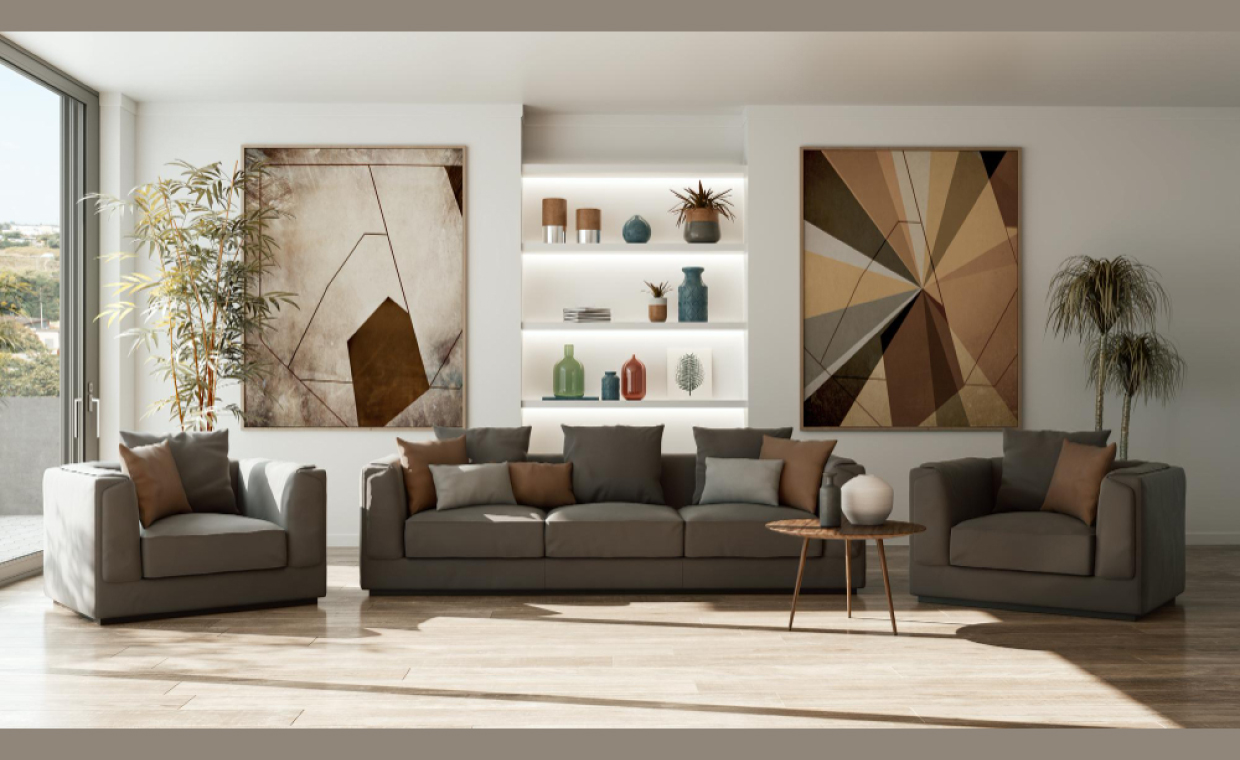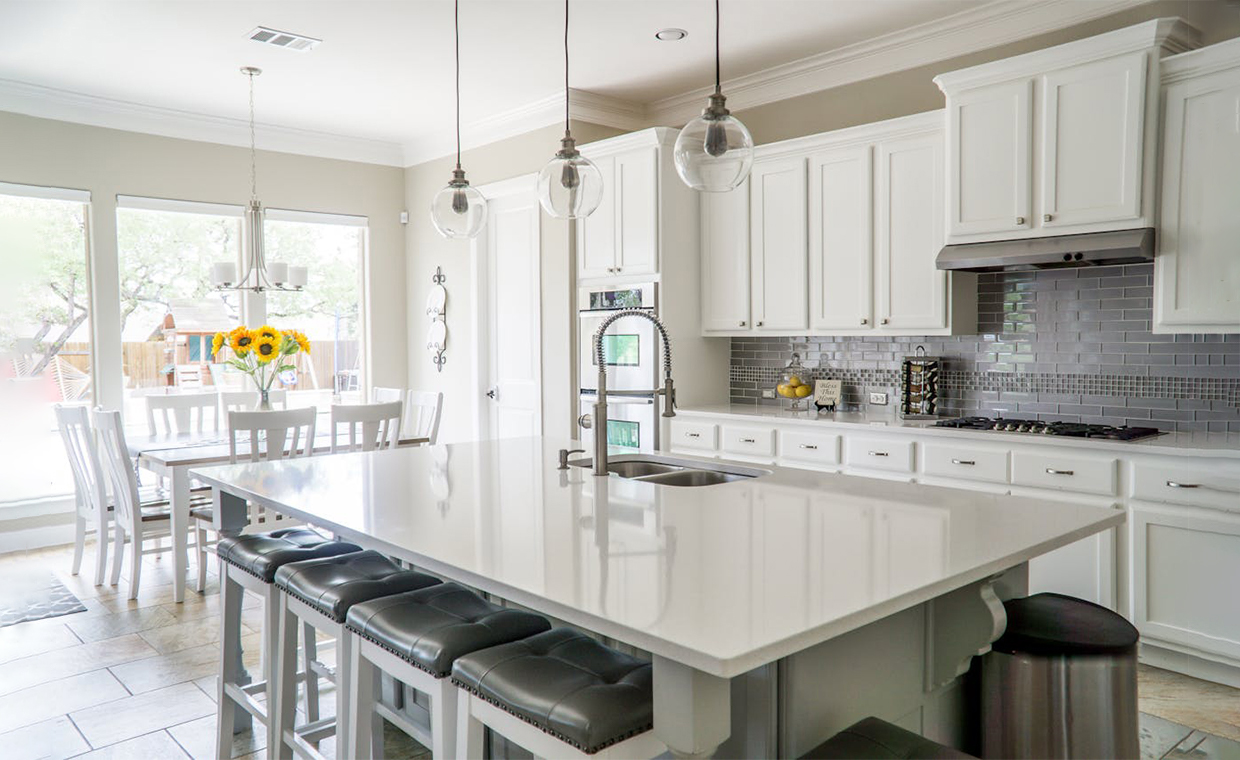
In the contemporary landscape of office design, open workspaces have become a symbol of collaboration and connectivity. However, the success of such environments relies heavily on strategic furniture choices that foster teamwork while maintaining a balance between interaction and individual focus. This article delves into innovative furniture strategies for open office environments.
The Open Office Challenge
While open offices aim to break down physical barriers and encourage spontaneous collaboration, they also present challenges such as noise, visual distractions, and a potential lack of privacy. Thoughtful furniture strategies can help mitigate these challenges and create a harmonious environment that maximizes the benefits of an open layout.
01. Flexible and Agile Furniture

The key to successful collaboration lies in flexibility. Furniture that can be easily reconfigured to accommodate different group sizes and activities is essential. Mobile desks, modular seating, and adaptable workstations empower employees to create dynamic groupings and collaborative clusters as needed, fostering a sense of fluidity within the workspace.
02. Collaborative Workstations

Purpose-built collaborative workstations are designed to bring teams together seamlessly. These workstations often feature shared surfaces, integrated technology, and ergonomic seating arrangements that encourage face-to-face interaction. The design of collaborative workstations is intentional, providing a dedicated space for teams to brainstorm, ideate, and work together without the constraints of traditional cubicles.
Nurturing Creativity with Lounge Areas
In addition to traditional workstations, creating lounge areas with carefully selected furniture can significantly contribute to a collaborative atmosphere.
01. Comfortable Seating Solutions

Lounge areas equipped with comfortable seating options such as sofas, lounge chairs, and poufs create informal meeting spots. These areas offer a relaxed environment where teams can gather for impromptu discussions, fostering a sense of camaraderie and collaboration outside of formal meeting rooms.
02. Flexible Tables and Surfaces

Incorporating flexible tables and surfaces in lounge areas enables teams to adapt the space to their specific needs. Whether it’s a casual brainstorming session or a quick review of project details, furniture that supports flexibility in use encourages collaborative activities in a more relaxed setting.
Addressing Acoustics and Privacy
Balancing collaboration with the need for focused work requires strategic consideration of acoustics and privacy.
01. Acoustic Furniture Solutions

Open office environments often suffer from increased noise levels, making it crucial to incorporate acoustic furniture solutions. Acoustic panels, sound-absorbing dividers, and furniture with built-in sound-dampening materials can help create designated zones with reduced ambient noise, supporting focused work within the collaborative setting.
02. Private Nooks and Huddle Spaces

Introducing private nooks and huddle spaces within the open office layout provides employees with options for quieter, more secluded work when needed. These spaces, equipped with privacy screens or high-backed seating, offer individuals the opportunity to retreat for tasks that require concentration.
The Future of Collaborative Furniture Design

As the dynamics of the workplace continue to evolve, the future of collaborative furniture design is poised for innovation. Designers are expected to explore cutting-edge solutions that seamlessly integrate technology, aesthetics, and functionality to create environments that inspire creativity, foster collaboration, and enhance the overall well-being of employees.
In conclusion, the success of open office environments hinges on thoughtful furniture strategies that strike a balance between collaboration and individual focus. By incorporating flexible, purpose-built, and acoustically considerate furniture, companies can create workspaces that not only reflect their collaborative culture but also empower employees to thrive in a dynamic and interconnected professional landscape.
You may also like to read the following article:






























